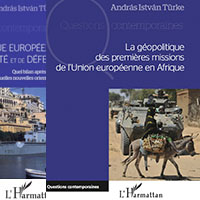You are here
Defence`s Feeds
UNITED STATES : Marcel Lettre
Categories: Defence`s Feeds
FRANCE : The DGSE
Categories: Defence`s Feeds
PALESTINE : Tawfik Abou Naim
Categories: Defence`s Feeds
EUROPE : Gherard Conrad
Categories: Defence`s Feeds
IRAQ : The INIS
Categories: Defence`s Feeds







